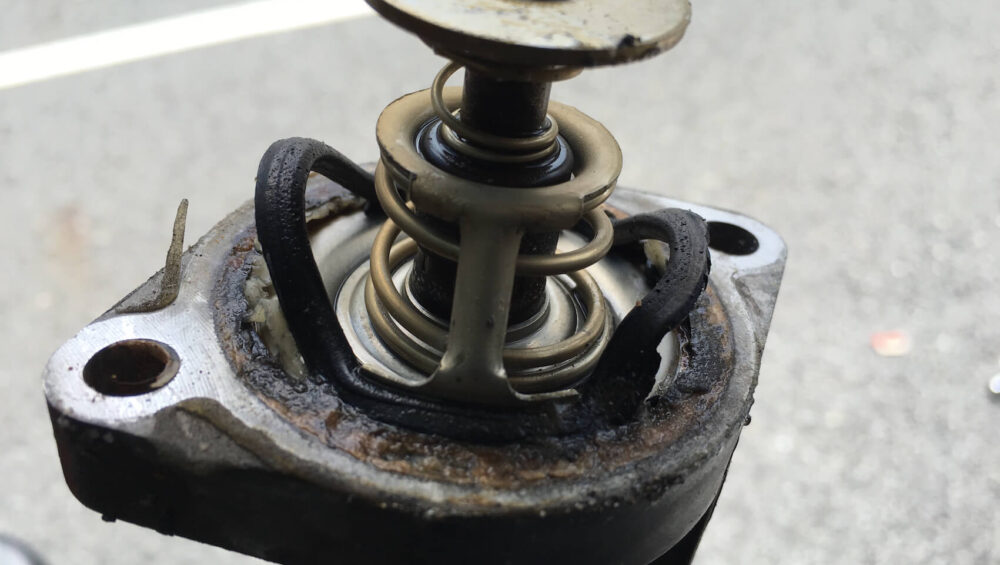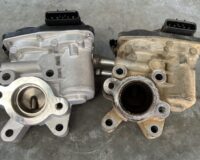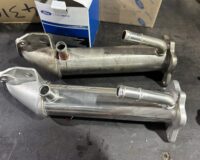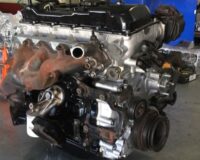All cooling systems in all cars have a thermostat. The thermostat controls the flow of coolant in the cooling system. It is a temperature controlled valve. It opens and closes by itself according to the coolant temperature that it sits in. Most open at 80-90deg C.
The purpose of this is so that it stays closed while the engine is cold to allow for the engine to warm up to operating temperature as quickly as possible. A this lowers engine wear. And then the thermostat controls the flow of coolant to keep the engine at its ideal operating temperature.
Problems can occur with the thermostat, generally when the coolant has not been changed as per the manufacturers recommendations. The coolant is a corrosion inhibitor, so when it is old rust can occur and block up the thermostat or the thermostat itself can seize. I have seen the thermostat seize in the open and the closed position. If stuck in the open position, this can cause the engine to take along time to reach operating temp and cause extra wear. When the thermostat is stuck closed is when a real concern of overheating the engine is imminent. If the coolant can not flow through the radiator it cannot cool the engine.
The best way to get the most life and least trouble from your thermostat is to ensure the coolant is replaced on time. Also if for any other reason this part is removed, i.e. for other repairs, it is best practice to replace it.
The thermostat in the pic was seized in the closed position. You can see the rubber seal is damaged by corrosion build up. This system had not had the coolant changed as recommended. So on your next service with Certified Automotive ask about the condition of your coolant.






